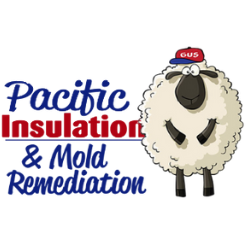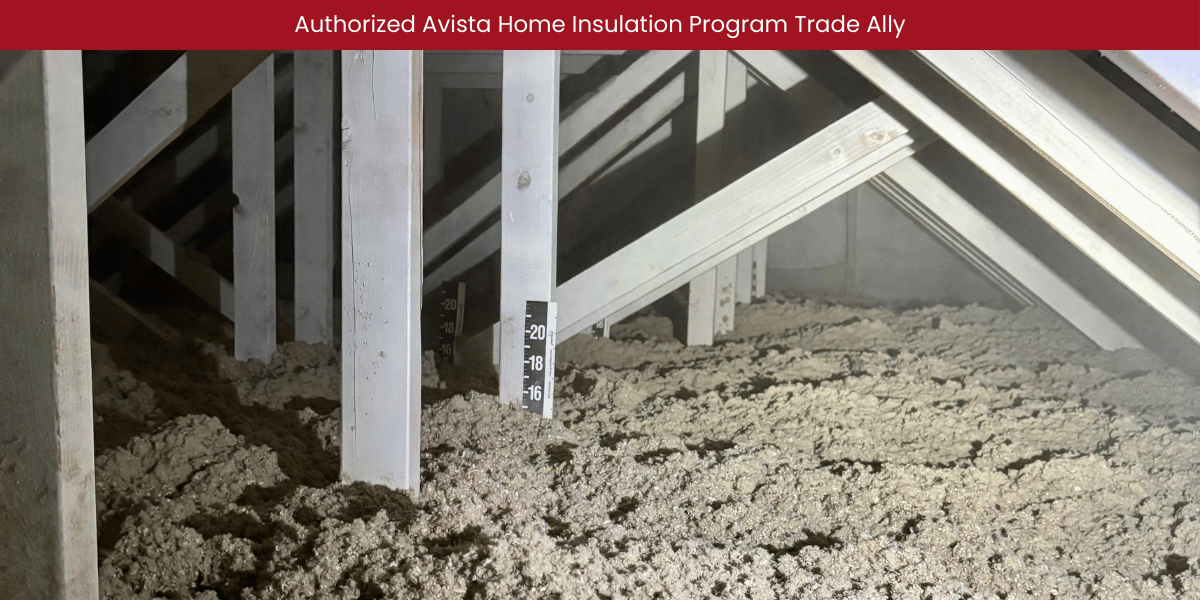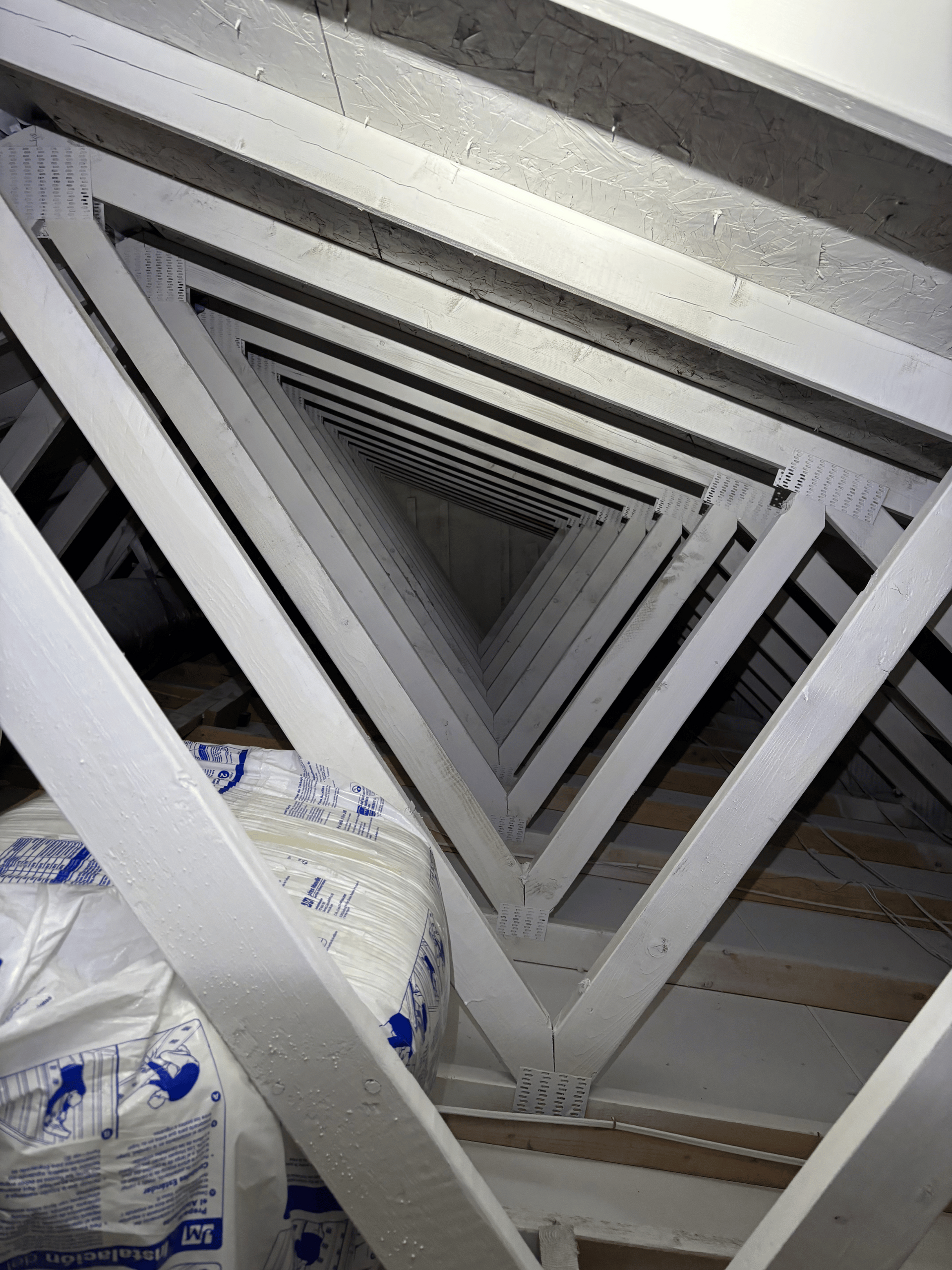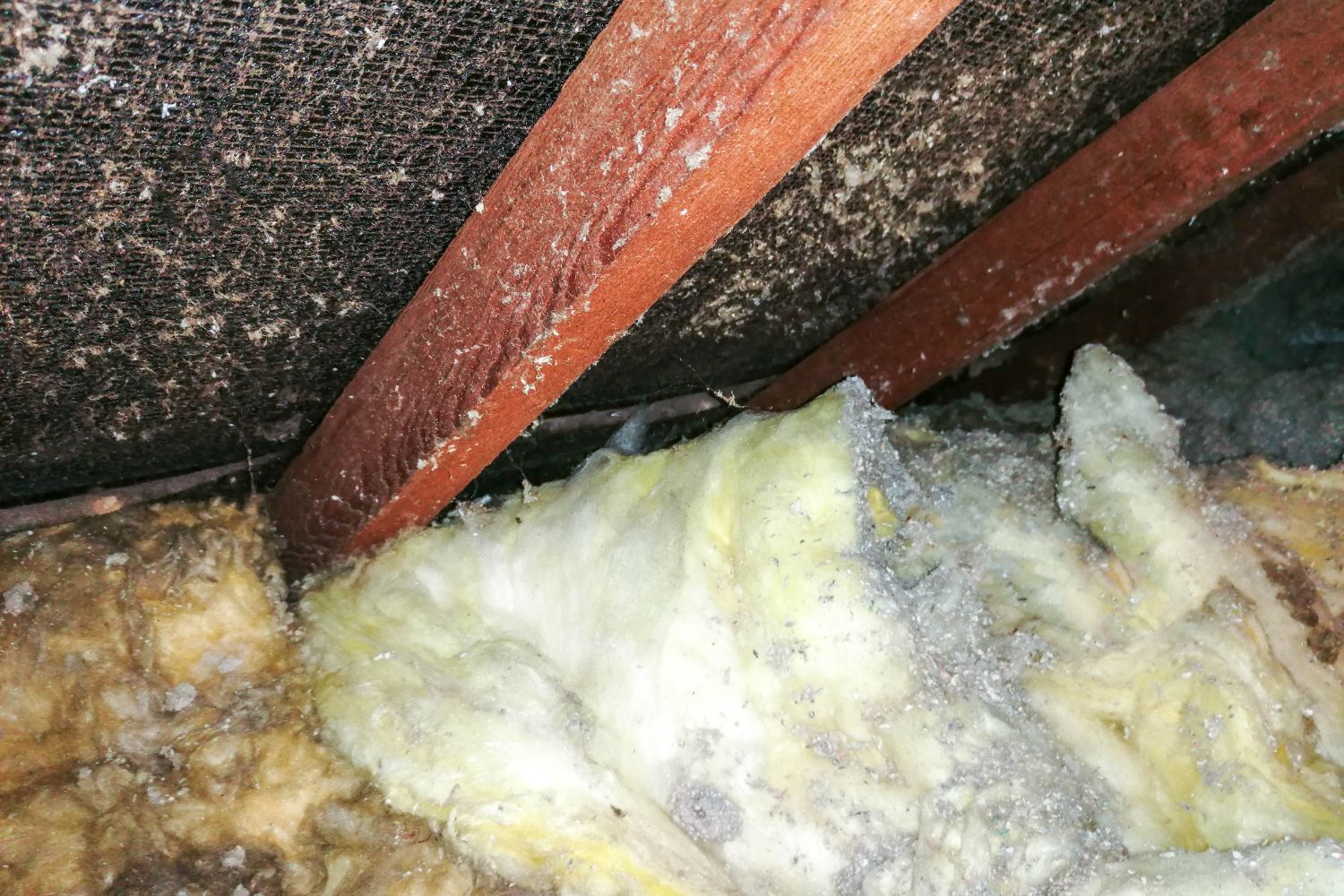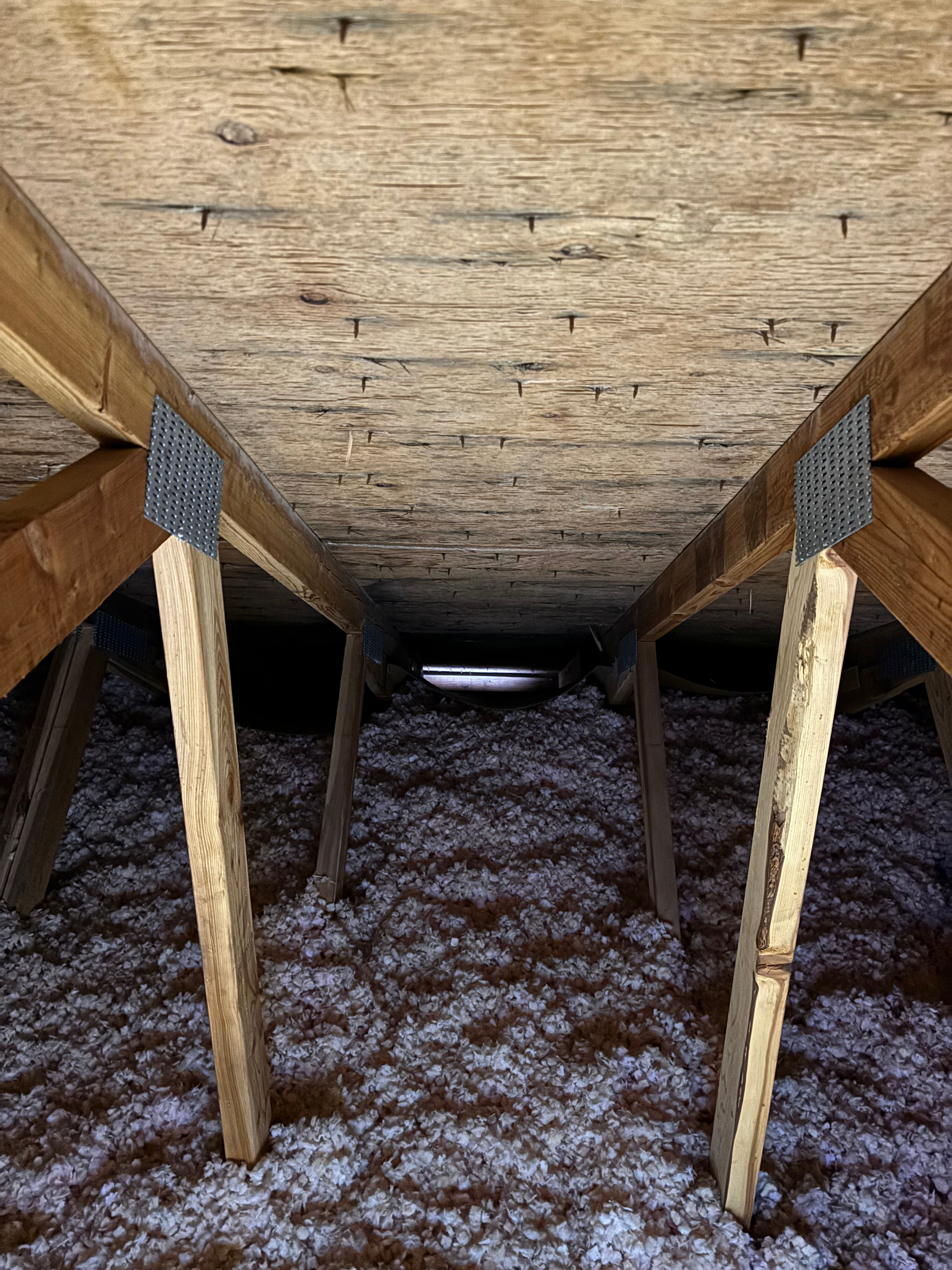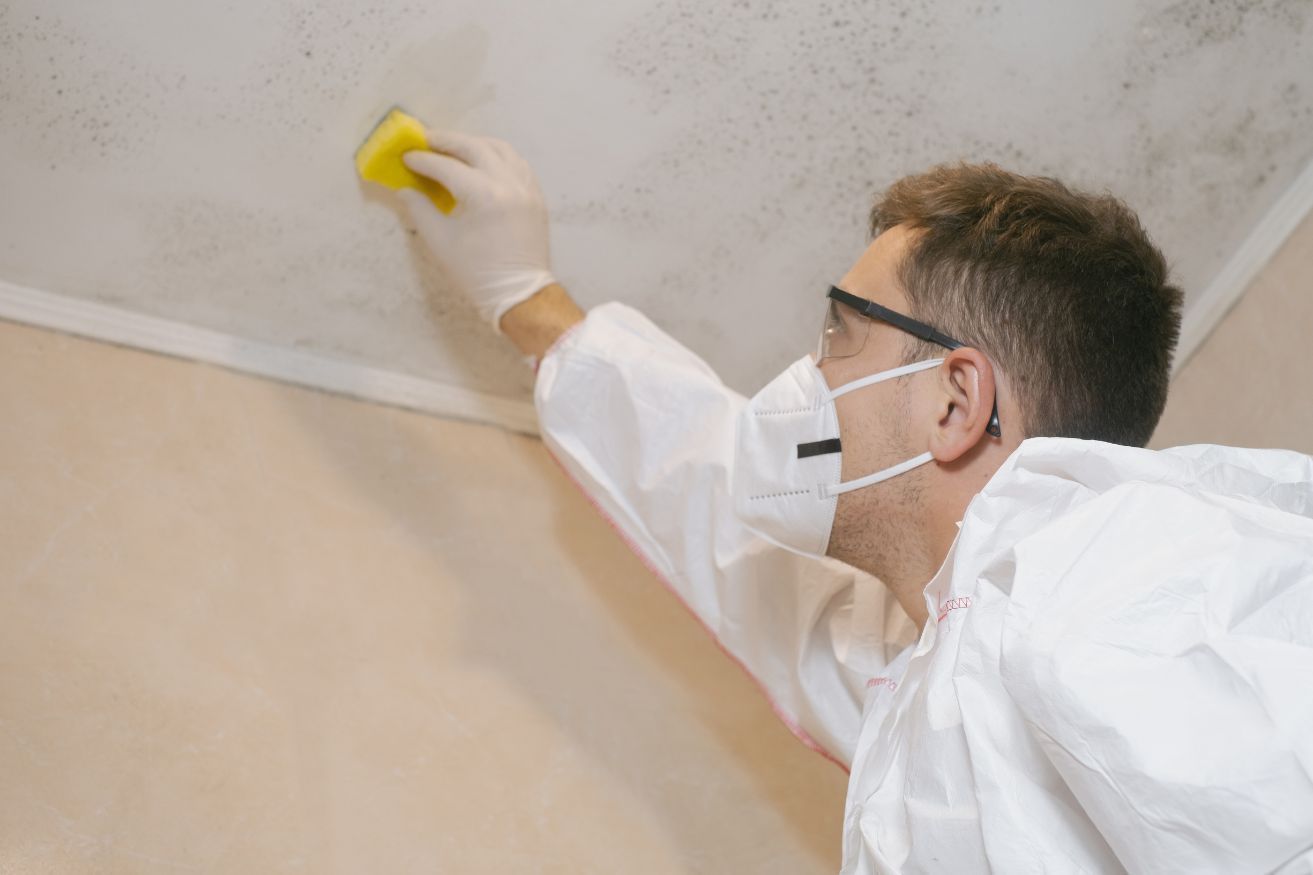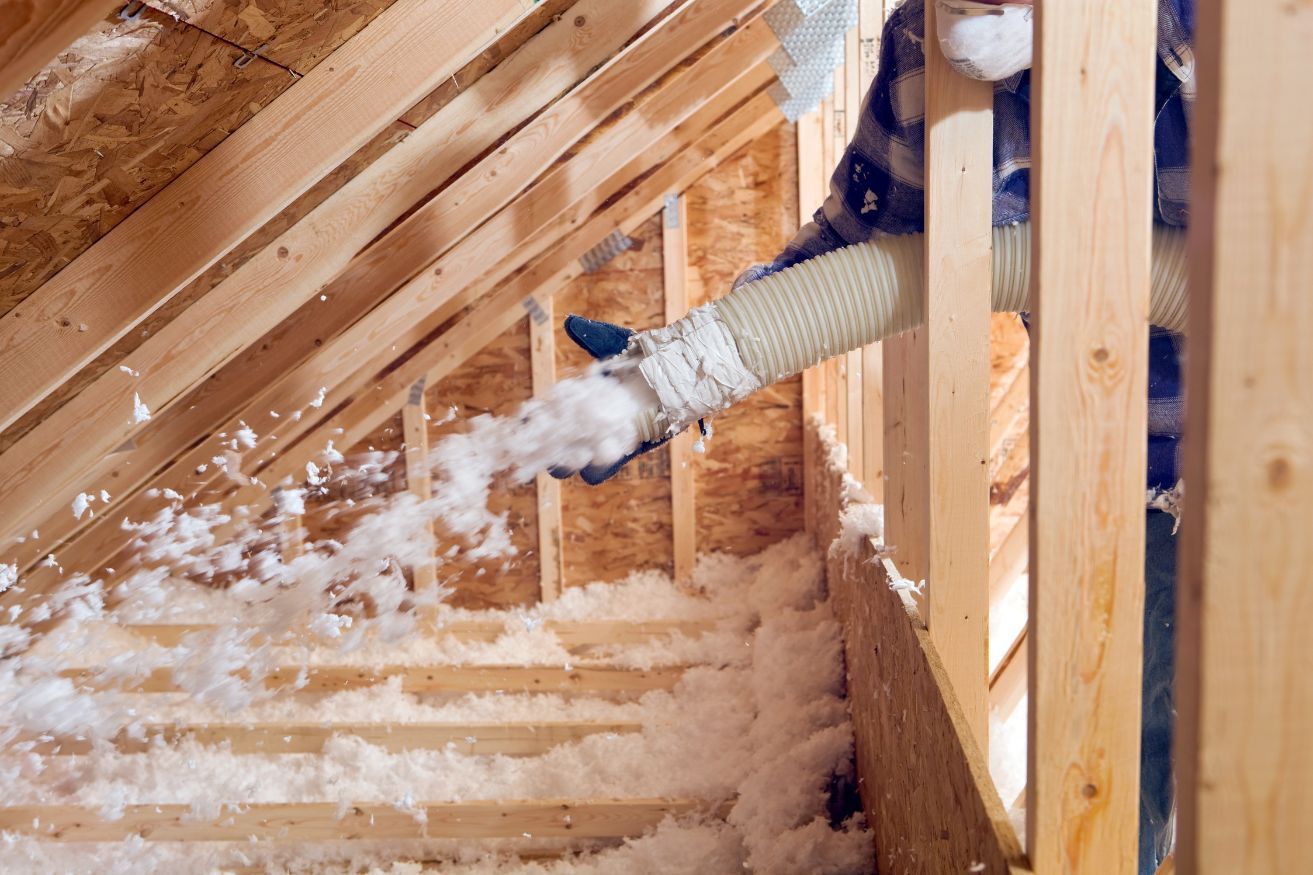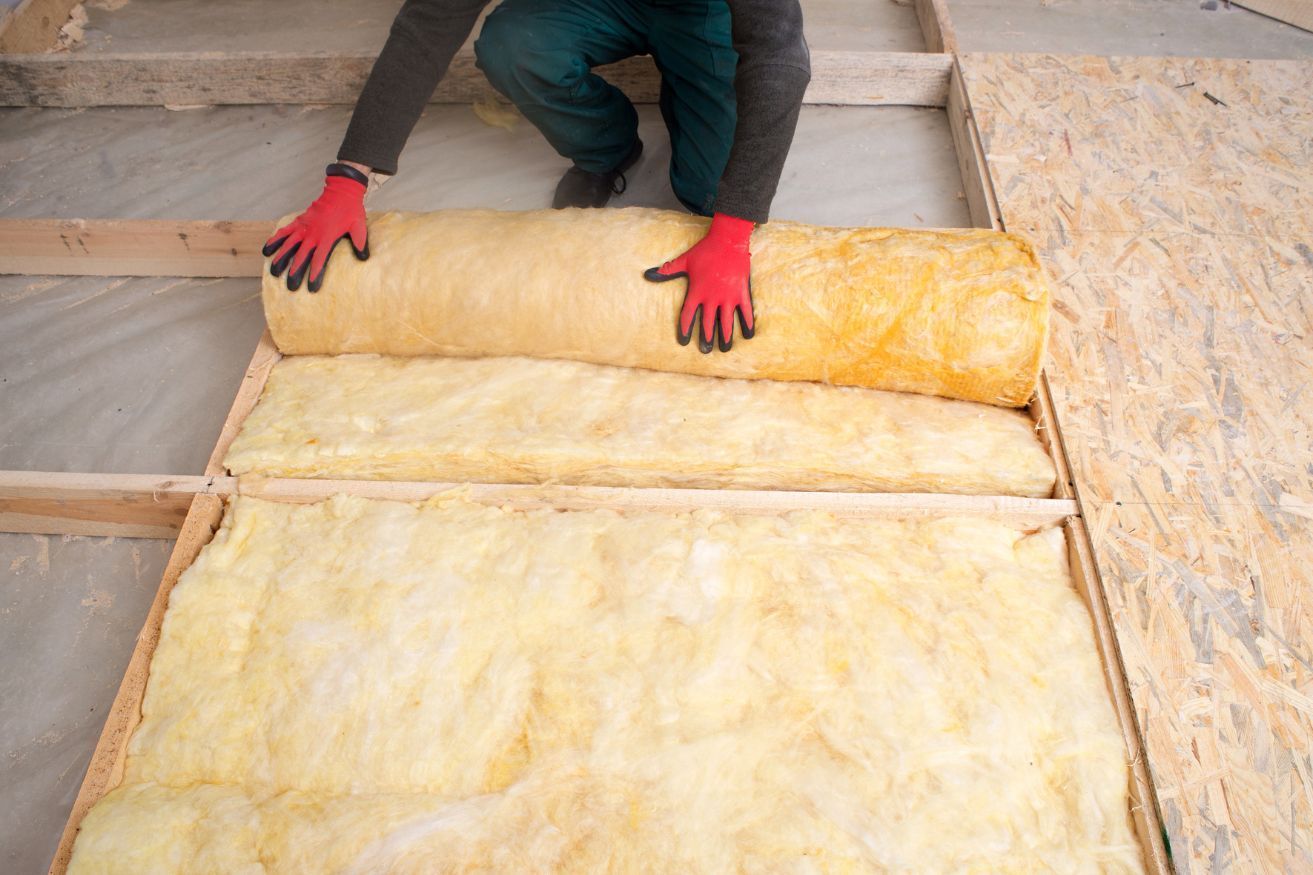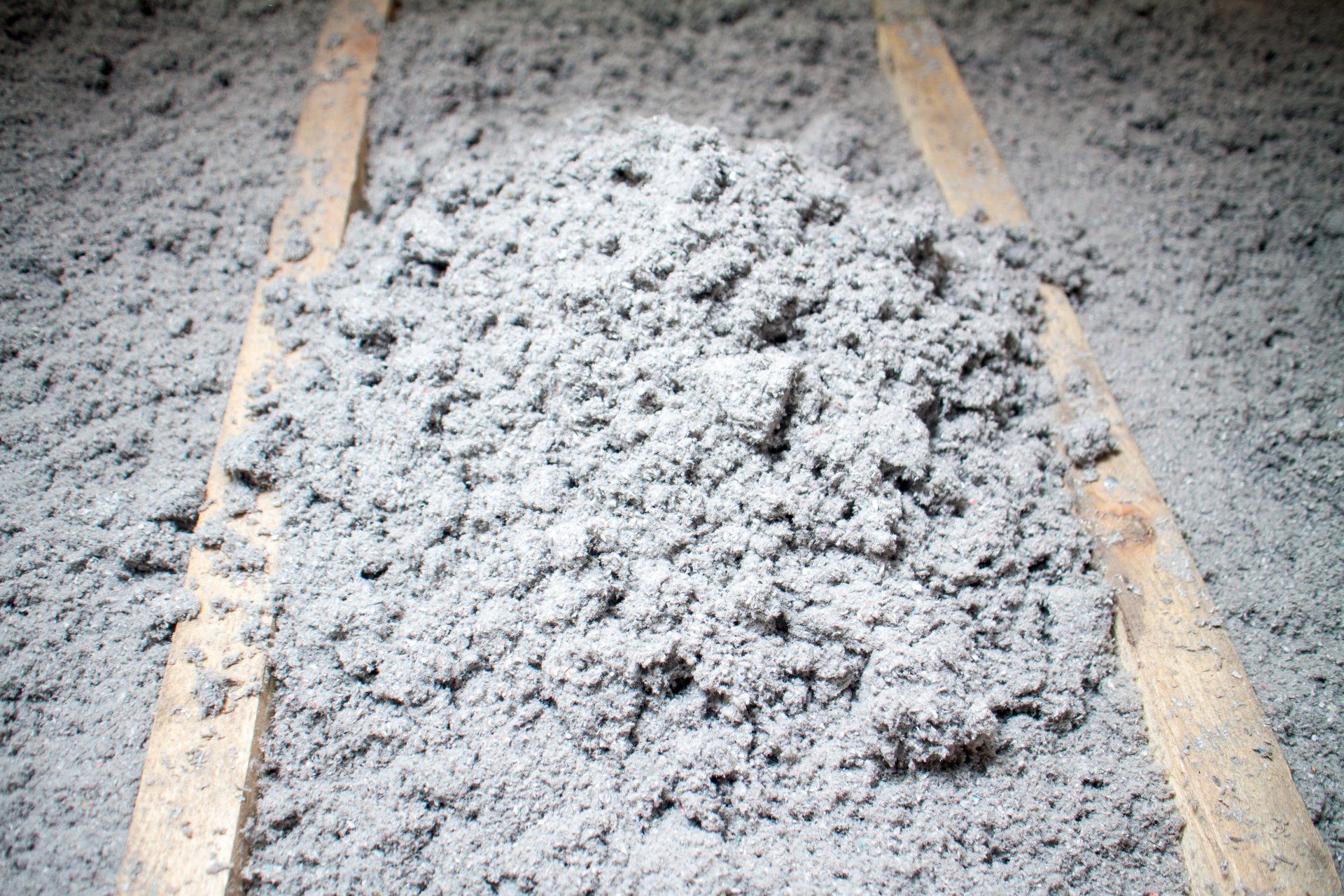Is garage insulation worth the expense?
Insulating your garage attic can be worth it, but whether it's a good investment depends on how you use the space, your climate, and your overall energy goals. Here's a breakdown of when it makes sense and the benefits it provides:
When Garage Attic Insulation is Worth It
- Climate Considerations:
- Extreme Climates (Hot or Cold): Insulation prevents heat gain in summer and heat loss in winter, making it especially valuable if your garage is in a region with harsh weather.
- Garage Usage:
- Living or Work Space: If you use the garage as a workshop, gym, or additional living area, insulating the attic will improve comfort and reduce energy costs if the space is heated or cooled.
- Storage: If you store items sensitive to temperature or humidity (e.g., electronics, paint, or tools), insulation can help protect them.
- Unfinished Garage: Even if the garage isn’t actively used, insulating the attic can help stabilize temperatures and prevent heat or cold from seeping into adjacent spaces, like the home.
- Energy Efficiency Goals:
- Insulating the garage attic creates a thermal barrier, preventing energy loss from your home. This is particularly useful if the garage is attached to the house.
Benefits of Insulating a Garage Attic
- Improved Comfort:
- Insulation reduces extreme temperature swings in the garage, making it more comfortable year-round.
- Lower Energy Costs:
- For attached garages, insulation helps reduce heat loss or gain through the shared walls and ceilings with the rest of the home, leading to lower heating and cooling costs.
- Protects Adjacent Spaces:
- Rooms above or beside the garage often experience temperature fluctuations. Insulating the attic can help stabilize temperatures in these areas.
- Noise Reduction:
- Insulation acts as a sound barrier, muffling noise from the garage to the rest of the house and vice versa.
When It Might Not Be Worth It
- Detached Garage with No Climate Control:
- If the garage is unheated, uncooled, and used purely for parking vehicles, insulation may not significantly benefit you.
- Low Usage:
- If the garage is rarely used and doesn't share walls with the home, insulating the attic may not provide enough return on investment.
Costs of Garage Attic Insulation
The cost depends on the insulation type and the size of the attic. Here's an approximate range:
- Blown-in Fiberglass or Cellulose: $1.00 - $2.50 per square foot.
- Spray Foam (Open-Cell): $1.50 - $4.90 per square foot.
- Fiberglass Batts/Rolls: $0.80 - $2.50 per square foot.
For a 400 sq. ft. garage attic, the total cost ranges from $400 to $2,000, depending on the insulation type.
Conclusion
- Worth It If:
- The garage is attached to your home.
- You use the garage for activities, storage, or as a conditioned space.
- You want to improve energy efficiency or comfort in adjacent areas.
- Not Worth It If:
- The garage is detached and unconditioned, with minimal use.
If you're considering insulating your garage attic, think about your climate, usage, and energy-saving goals. It can be a valuable upgrade in the right situation!
